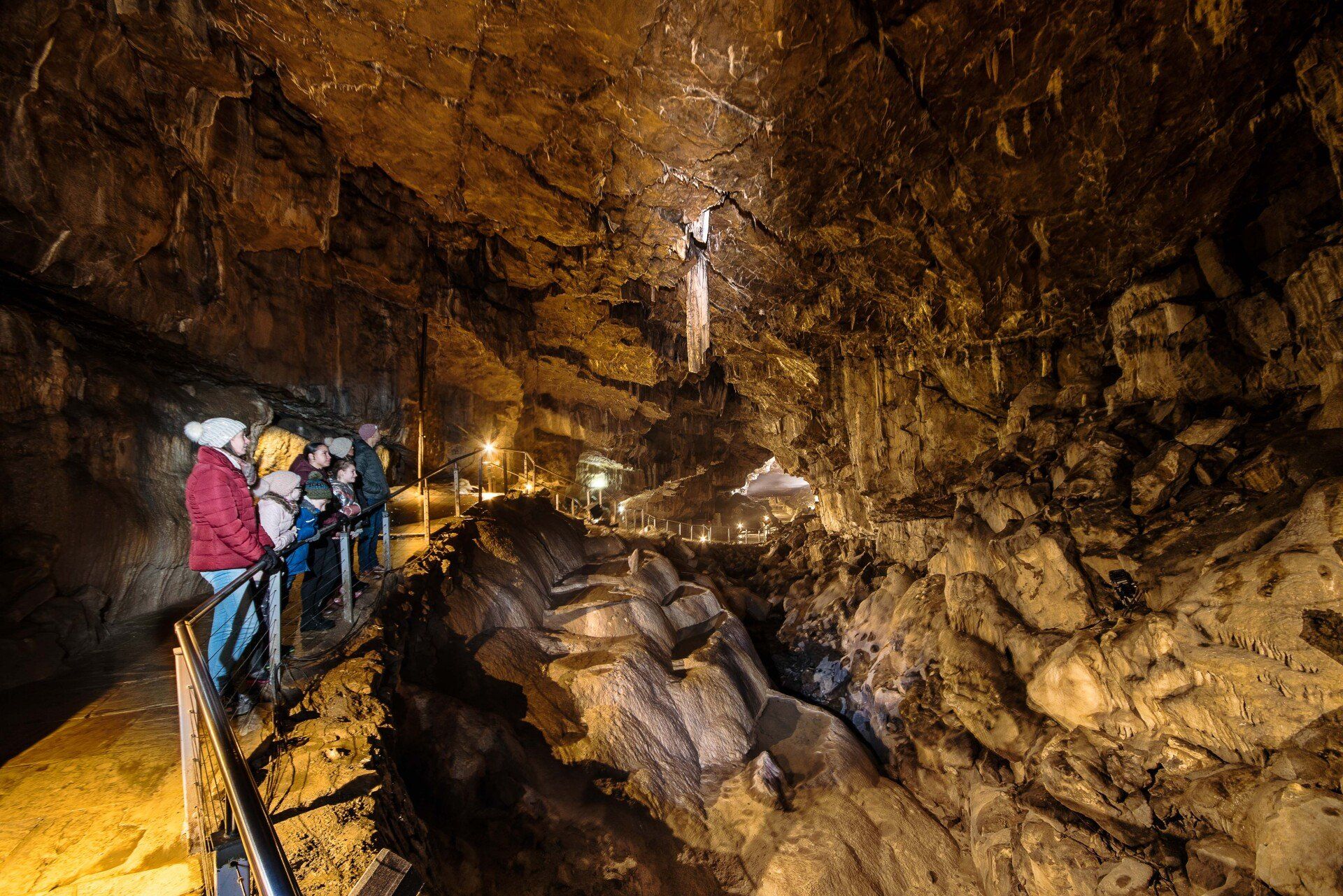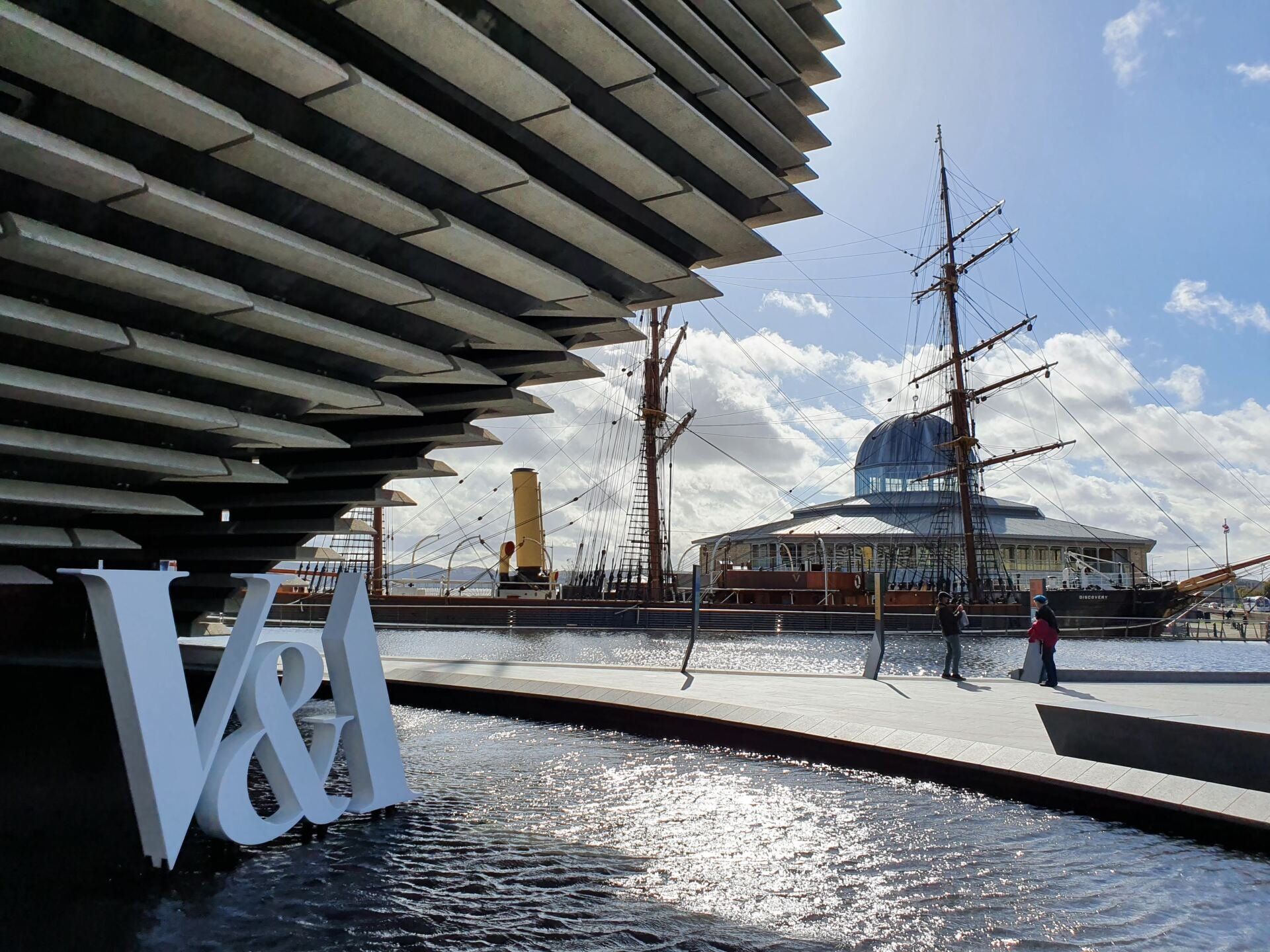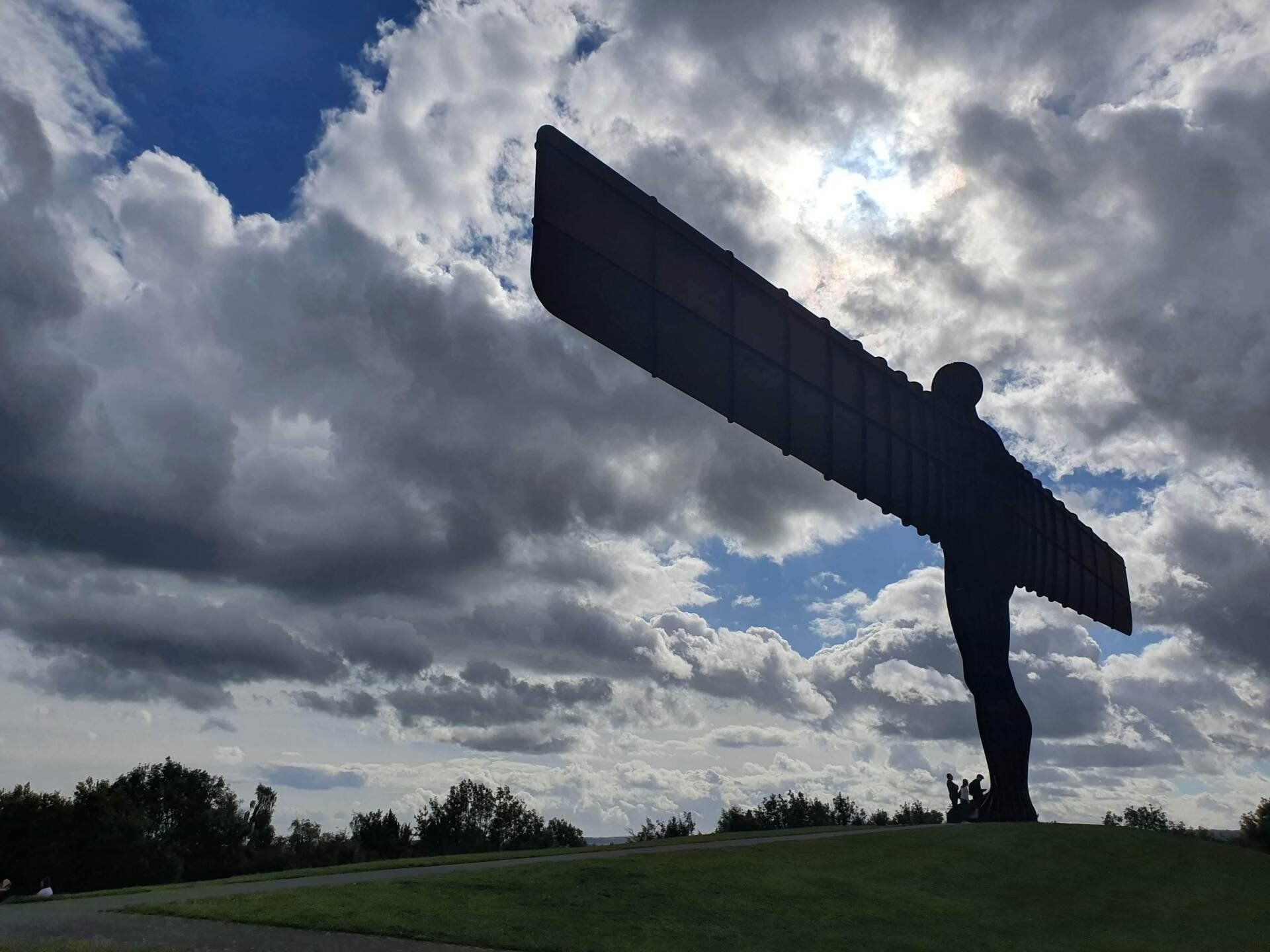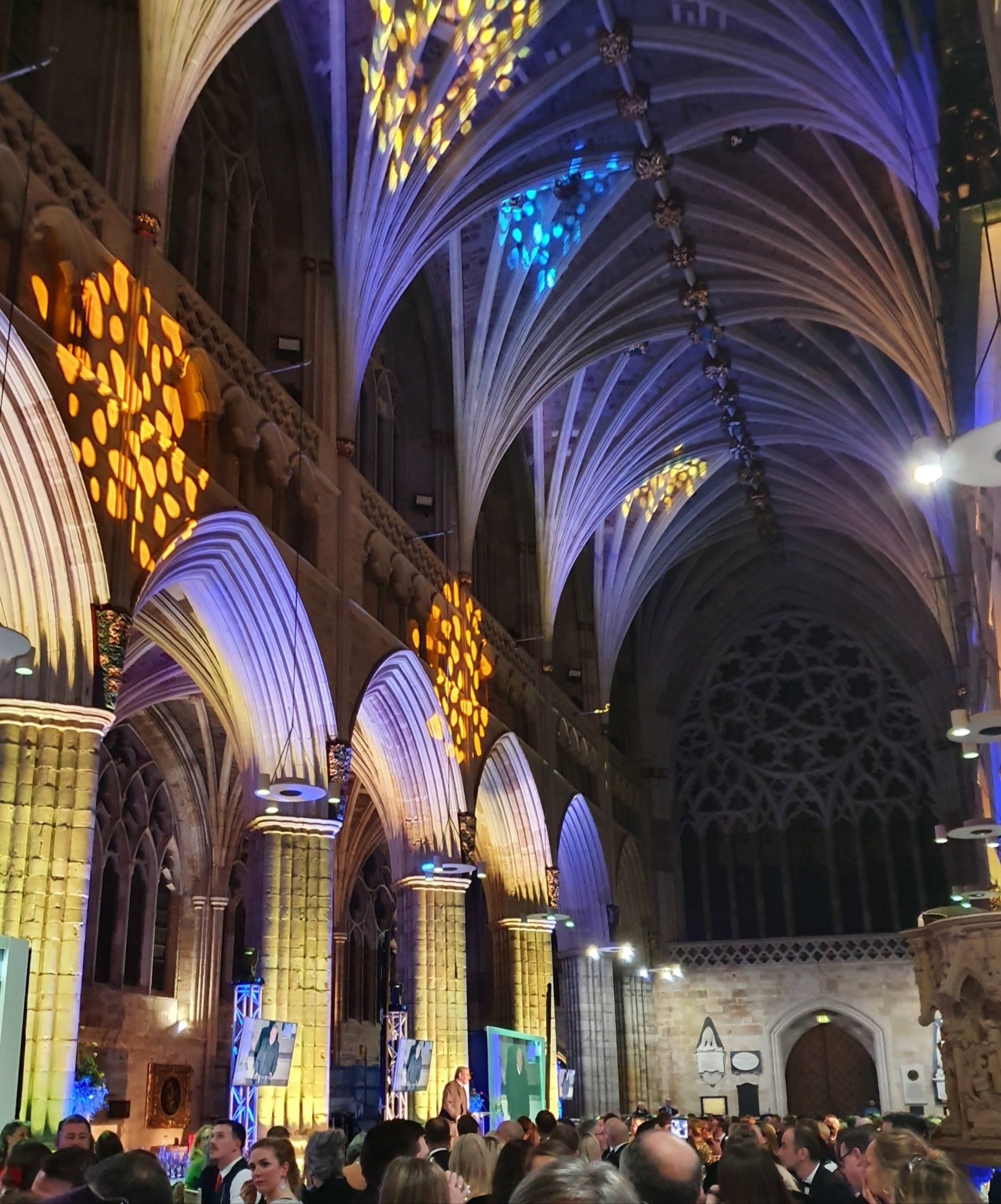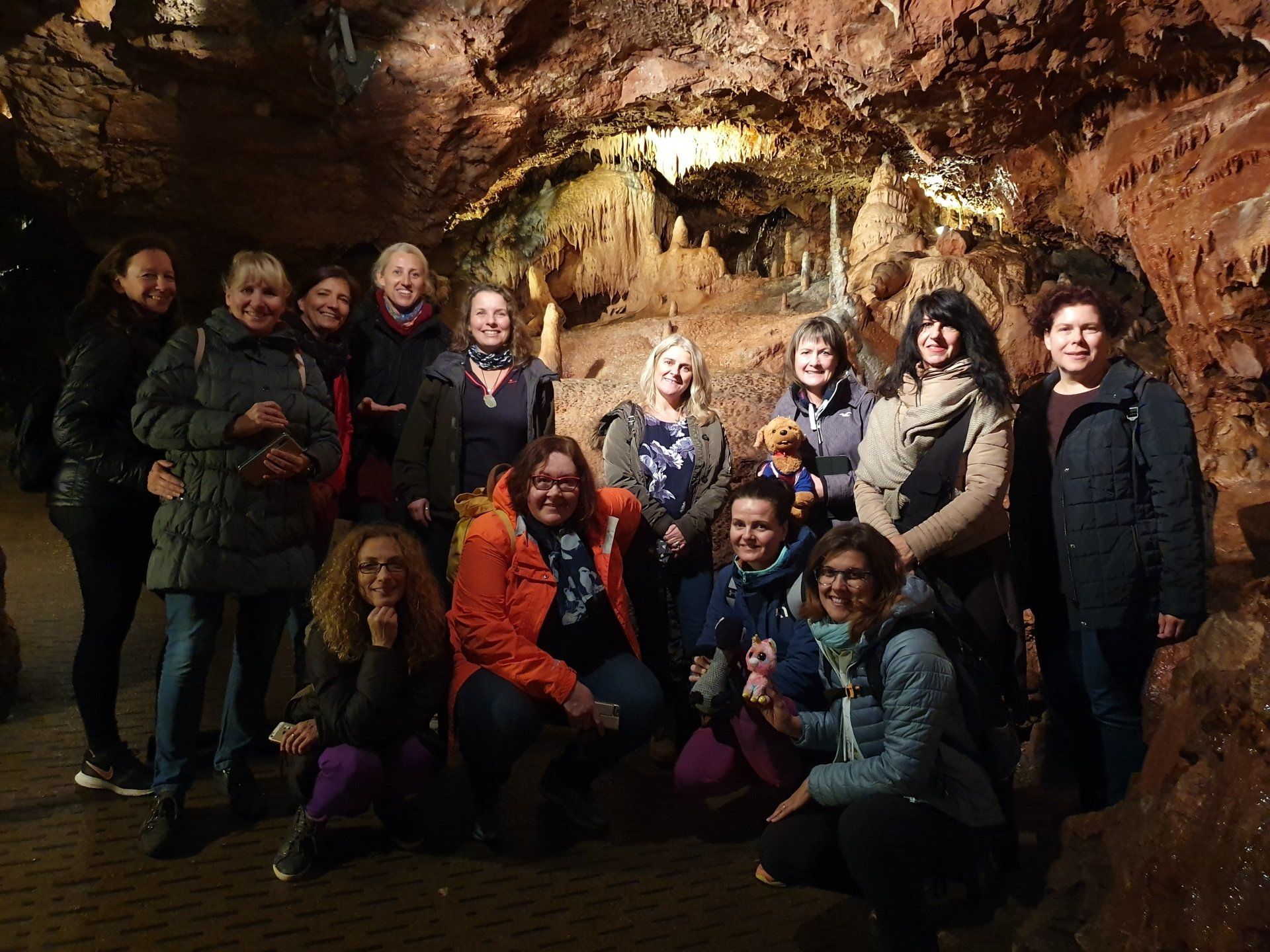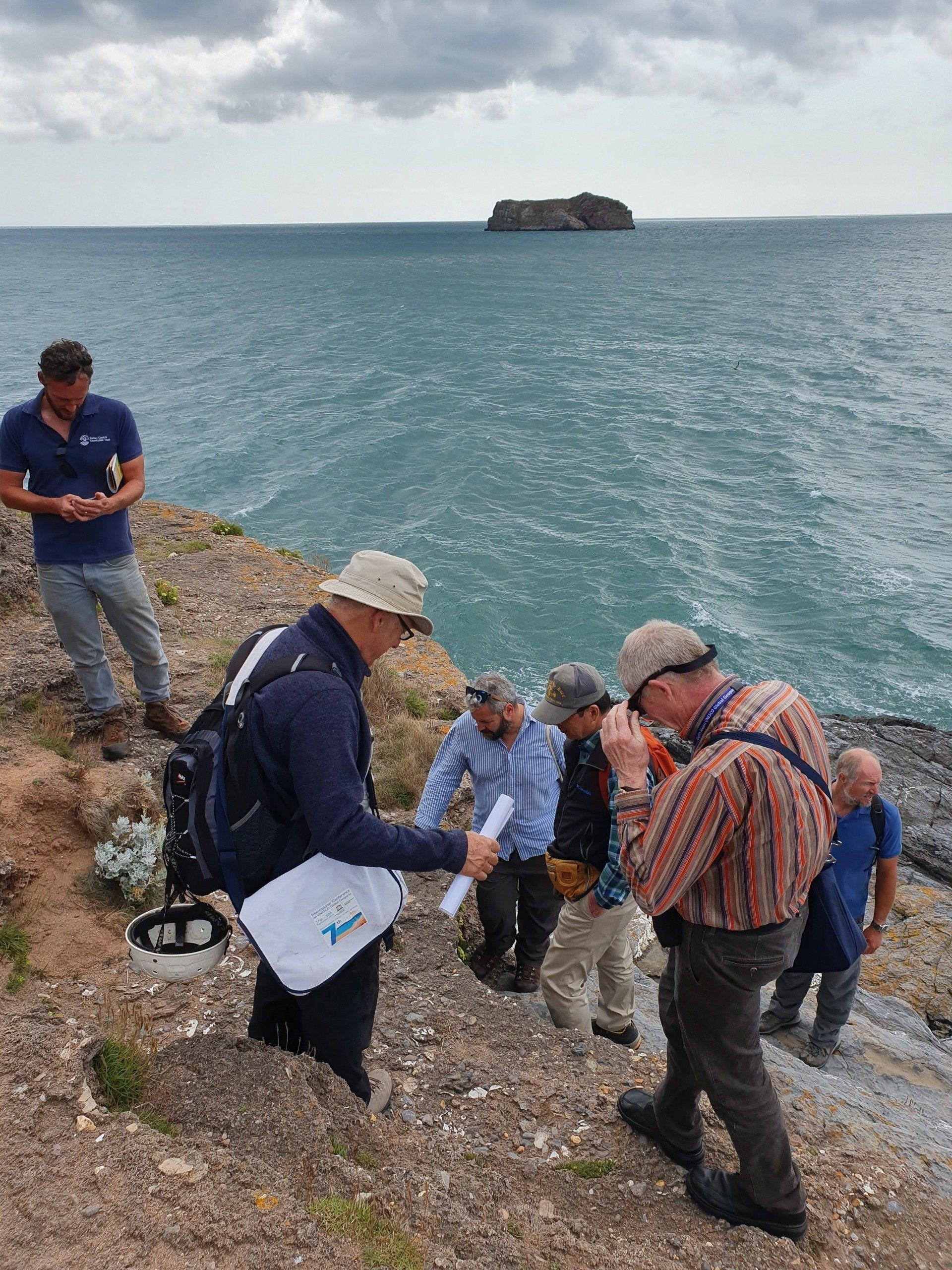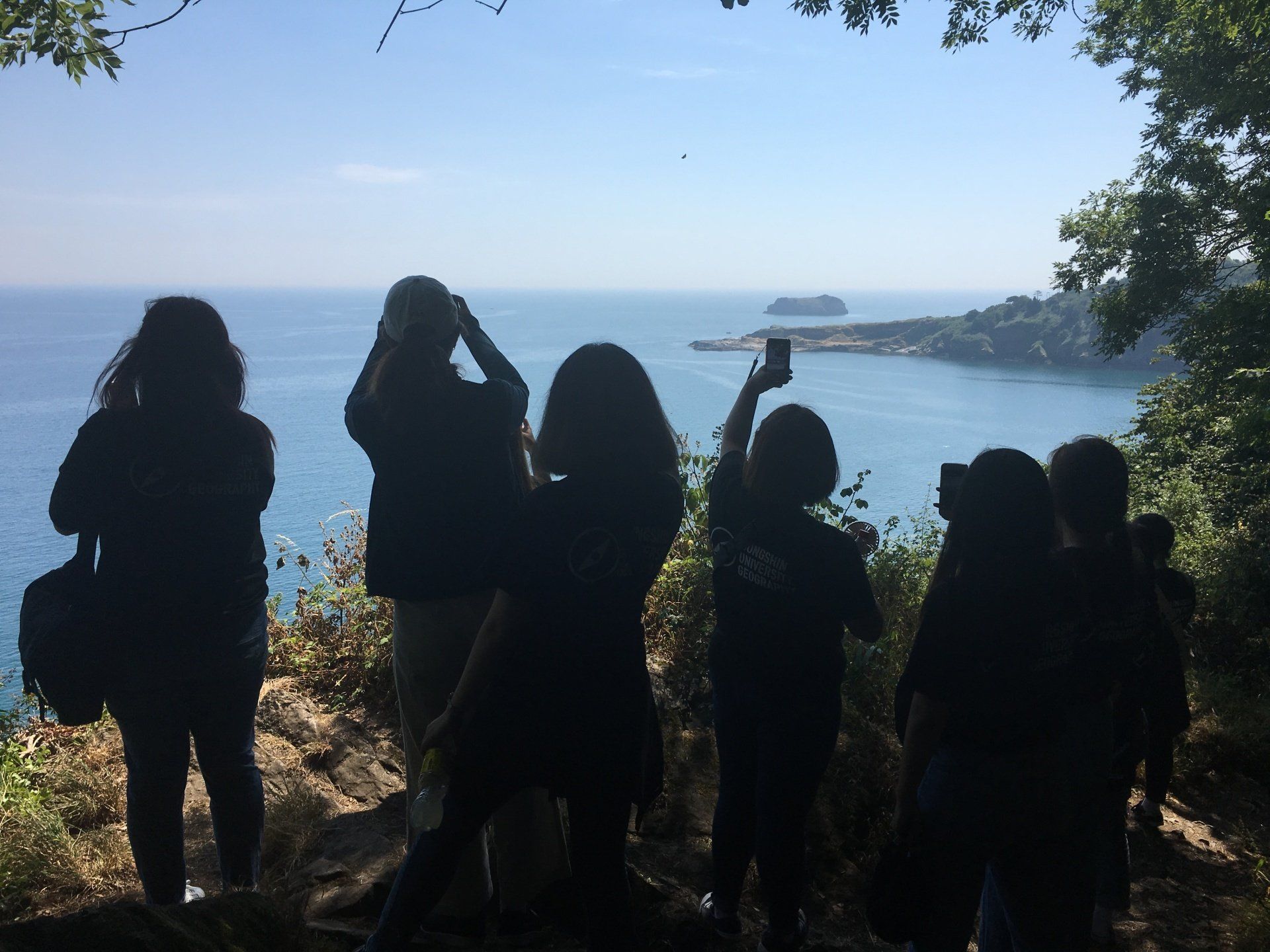England's UNESCO Global Geoparks and Geotourism
UNESCO Global Geoparks: what are they and where in England Main picture: High Force waterfalll in the North Pennines UGGp. Picture below: Dudley Canal Trust below in Black Country UGGp
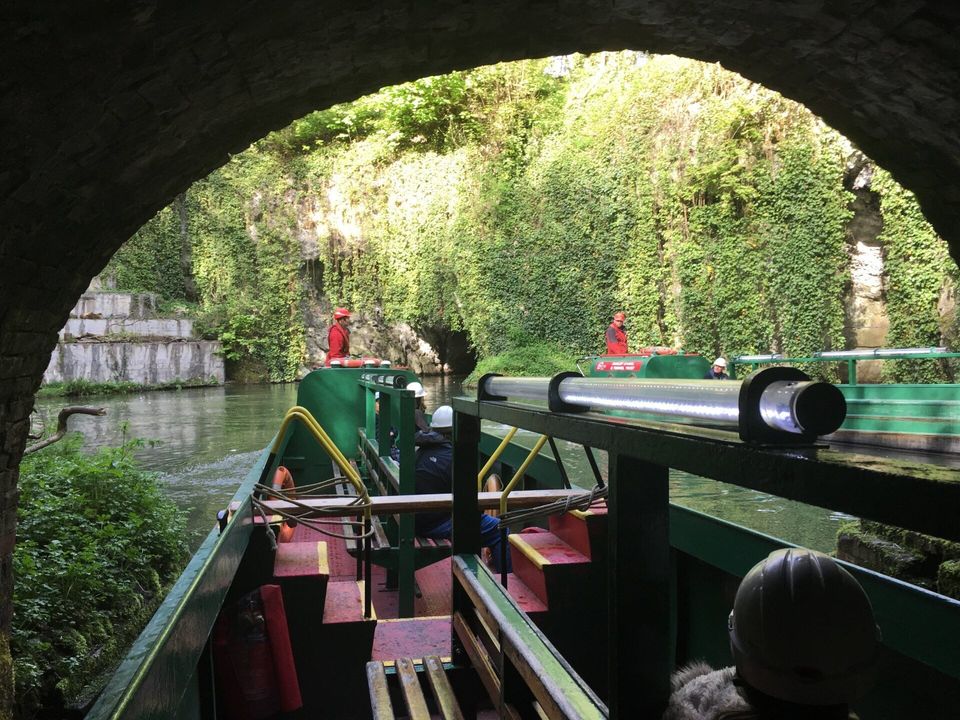
Just north of Ullapool, on the road to Durness in the Highlands of Scotland, we are driving through the most spectacular scenery. On the side of the road is a sign, welcoming travellers to the North West Highlands UNESCO Global Geopark (UGGp). The word “Geopark” seems to perfectly describe the place, stunning mountains, information pods describing how mountains are formed, very few houses, very few people, a field-study centre, the odd B&B, single track roads and lots of rocks. What a place.
After a few days we head south, stopping off at Skye and Oban. We cross the border back into England at Gretna and 20 miles on at Carlisle in Cumbria, we take the A69 east into the North Pennines UGGP, a vast area of nearly 2,000km2 in northern England, lying south of the A69 between Carlisle and Newcastle-upon-Tyne. We are heading for the Bowless Visitor Centre in Middeton-in-Teesdale, gateway to the UNESCO designated area of outstanding natural beauty, close to Barnard Castle, a popular beauty spot you may have heard of. This Geopark offers a huge range of activities, including horse-riding and stargazing. From the visitor centre, which, by the way does a lovely cup of tea and cakes, it is an easy 20-minute walk to see England’s biggest water fall at High Force.
Back in the car and we re-join the M6 motorway heading south. Just before Birmingham the traffic is building, so we decide to take a detour, leaving the motorway at Walsall and head west towards Dudley. This is the Black Country, split by the M6, an urban area once referred to as “The Workshop of the World”. Industrial Revolution country, riddled with canals and abandoned mines, a fascinating window into England’s industrial heritage. Rocks and mineral deposits here not only defined geology but helped shape the World. This is also a UNESCO Global Geopark, very different to the Geoparks we have been in, but nonetheless a place where geology is embedded in the local culture. Here the undulations of the road and the wall ties on the sides of houses are clues to ongoing subsidence from the network of disused tunnels below the surface. This is a surprising beautiful part of England with a rich urban heritage connected to a time when it was “black by day and red by night”, captured in paintings by the English painter JMW Turner in the 1830s in Dudley Museum.
Back on the road and we arrive in Devon, over 700 miles from the Highlands. We drive into the seaside resort of Torquay, famous as the birthplace of Agatha Christie and the inspiration for the cult British comedy Fawlty Towers. A massive sign welcomes us to the English Riviera UNESCO Global Geopark. We head for the seafront. Here sea cliffs surround us, some pink limestone, and others brilliant red sandstone, from a time when this land was scorched by the Equatorial sun. A couple walk past us, in shorts, t-shirt and walking boots, waterproofs covering their bulging backpacks, and I remember, the 630-mile South West Coast Path, the UK’s longest trail, goes through this Geopark. The walk from Minehead in Somerset to Poole in Dorset takes about 52 days, but these two look like they have the 30-day target in mind. Here again we are surrounded by inspiration and natural beauty rooted in geological heritage.
Four very different areas of the United Kingdom connected by geology. There are eight Geoparks in United Kingdom, two in Scotland, three in England, two in Wales and one in Northern Ireland. They are among 160 Global Geoparks around the world, each uniquely interesting, some sparsely populated, others urban, others coastal, some mountainous, but all with a story to tell about Earth or “Gaea” in Greek mythology. This is where the word 'geology' comes from, “gaea-ology”, the study of Earth.
Some Geoparks you may know well, not realising they hold the prestigious UNESCO label. The Cliffs of Moher, for example on the west coast of Ireland, part of the Burren and Cliffs of Moher UGGp. The archipelago of nine islands in the middle of the Atlantic, form the Açores UGGp, one of five in Portugal. The island of Lesvos in Greece is a Geopark. The area surrounding the Icelandic volcano with the unpronounceable name, Eyjafjallajökull, is the Katla UGGp. Yes, that is the one that erupted in April 2010 causing air travel chaos, and we all have a travel story to share about that, don’t we! China has 41 Global Geoparks. Three have close connections with the English Riviera UGGp through the “sister-geopark” programme. Zhangjiajie UGGp is spectacular with tree-topped limestone pillars reaching into the clouds, accessed by mountain-side elevators and cable cars, a spectacular and unreal landscape used in the movie Avatar. Fangshan UGGp Geopark, in the suburbs of Beijing has the World Heritage Site of Zhoukoudian cave, home to the Peking Man fossil remains, and then there is Hong Kong UGGp, just one hour’s drive from downtown Kowloon. This Geopark has similar hexagonal rock columns, formed by cooling volcanic ash and lava, seen at the Giant’s Causeway World Heritage Site in Northern Ireland.
The UNESCO Global Geoparks programme is not the same as World Heritage but many Geoparks have World Heritage Sites in their territories. Every Global Geopark has something special to say about its rocks, maybe outstanding examples of a certain rock type or examples of processes that shaped the planet. For example, the reason you can find seashells on the summit of a two kilometre high mountain in the French Alps is explained in the Massif des Bauges UGGp where continental collisions in deep-time forced seabeds to the top of mountains. The North West Highlands UGGp has the oldest rocks found in Europe, three-billion-year-old Lewisian Gneiss and it is here that Victorian geologists demonstrated mountain-building processes. The English Riviera UGGp is where, in the 1830s, geologists identified 400 million-year-old marine sedimentary rocks giving rise to the naming of the Devonian period of geological time. The caves at Kents Cavern in Torquay are home to Britain’s oldest human fossil, a 41,000-year-old jawbone, revealing a story of ancient human nomadic movement across landbridges that once connected England to continental Europe.
You may wonder why places with spectacular rocks are not UNESCO Global Geopark. Amazing geology alone is not enough. Global Geoparks must have a unified boundary and this territory must be proactively managed by an organisation working on priorities in environment responsibility, sustainable development, delivering quality visitor experiences connected to the local geological heritage.
Known as geotourism, experiences offered in Global Geoparks include cave tours, canal trips, wine tours, local culinary experiences, learning sessions (like courses in photography, landscape watercolour or dry stone walling), star gazing, walking trails, augmented reality mobile phone apps, sea kayaking adventures, coasteering, children’s rock-detective clubs, stone age schools. The list goes on but they all have a connection to the geology. Each Geopark will have a programme of events and can connect you with a professional tour operator to build a bespoke itinerary to suit your interests and abilities.
Hopefully, I have persuaded you to seek out UNESCO Global Geoparks as you travel around Engand and the World. The 160 are listed here http://www.globalgeopark.org/ . Look out for geotourism experiences that get you closer to Earth, closer to “Gaia”, the mother of everything beautiful in the World, according to Greek mythology, anyway.
